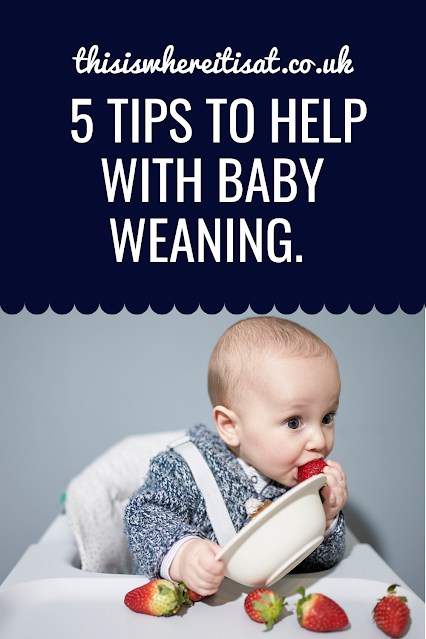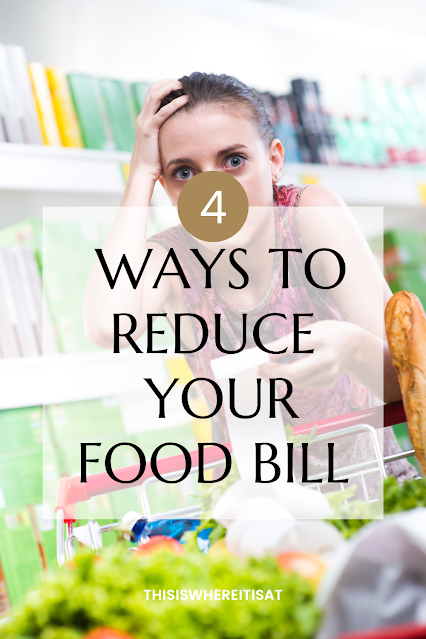Hey readers.
As parents there comes a point when we have a baby where we have to think about how we are going to wean our babies off breast formula milk and onto solid foods. It is nothing to be scared or worried about and I have some good baby weaning tips to help make the process feel less daunting for you.
What is weaning?
baby weaning is a process where you introduce the baby's solid foods alongside breastmilk or formula milk. The intention is to wean them off the milk so, in the end, they are fully eating solids for the food intake.
When to start weaning?
The NHS advises that you should wean your baby when they reach around 6 months old - the reason they say around is that all babies are different and some are more eager to start earlier than others.
Signs that your baby is ready to start weaning.
• Your baby is able to hold their head and neck steady, so they can swallow safely.
How to wean your baby.
Tips to help with baby weaning.
1. No right or wrong to weaning.
When I was going through the process of introducing my eldest to solid food about 9 odd years ago I went to my local sure start centres (though think closed down or changed name) but they were obsessed with baby-led weaning.
I felt very stressed firstly I am autistic and really struggled because I felt I had to listen to the pressure of baby-led weaning and being a new parent is terrifying so you want to do the best thing you can as a parent.
Now reflecting back I can say this it doesn't matter if you baby-led or if you puree. If you do a bit of both then is no correct way and each baby guesses what is different, has a different palette and likes to think what they like. My guess is to try with what works if it does then just do, no point stressing yourself out like I did because you are going to make yourself miserable and dread the process.
2. He won't like everything.
Be prepared if your child doesn't like anything because you know what might happen and that is ok like I said every child is different. I don't see why you would force a child to like something when adults are allowed to like what they like and not like what they don't like.
Just go with the flow and remember with time the child's tastes change as well when they start to grow you be managed how much they do change.
3. It may not work every time.
Things take time and they don't automatically work overnight. weaning a child on to solids is a progressive thing that takes time, it is a massive change from going from liquid all the time to then moving over to food.
Just be prepared as like I always say each child is different there is no set outline of how long the process takes it could possibly take days, weeks or even months but don't worry just relax take it as a work in progress and don't focus on the end date, it is more important than your baby gets used to the new changes in their diet.
4. Get the baby comfy.
One tip I would suggest when it comes to baby weaning is that make sure the baby is comfortable, what I mean by that is make sure your baby is sitting comfortably in the chair on the floor.
Make sure that you are close to giving encouragement and smiles along with plenty of cuddles because this is a new experience with a big change so having support will really help adjust well.
5. Drink.
Make sure the baby is still drinking fluid. You can introduce your baby to a Sippy cup at around 6 months and offer sips of water. When the baby reaches one year old the baby can have whole milk
Have you got any good baby weaning tips that I have missed out on anything important? Love to hear your thoughts in the comment section down below.
Cheers for reading X






.png)







